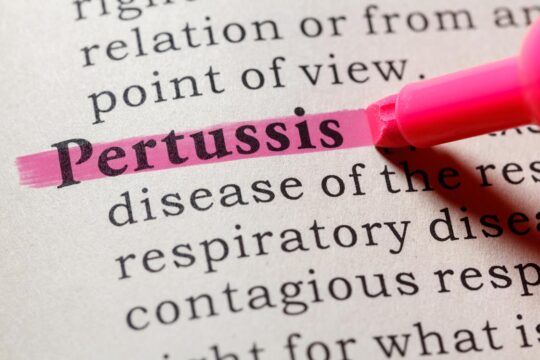Advertisment
Paracetamol no better than placebo for lower back pain

Paracetamol is no better than placebo at speeding recovery from acute episodes of lower back pain or improving pain levels, function, sleep, or quality of life, according to the first large randomised trial to compare the effectiveness of paracetamol with placebo for low-back pain. The findings, published in The Lancet, question the universal endorsement of paracetamol as the first choice painkiller for low-back pain, say the authors.
Low-back pain is the leading cause of disability worldwide. National clinical guidelines universally recommend paracetamol as the first choice analgesic for acute low-back pain, despite the fact that no previous studies have provided robust evidence that it is effective in people with low-back pain.
The Paracetamol for Low-Back Pain Study (PACE) randomly assigned 1652 individuals (average age 45 years) with acute low-back pain from 235 primary care centres in Sydney, Australia to receive up to 4 weeks of paracetamol in regular doses (three times a day; equivalent to 3990 mg per day), paracetamol as needed (maximum 4000 mg per day), or placebo. All participants received advice and reassurance and were followed-up for 3 months.
No differences in the number of days to recovery were found between the treatment groups—median time to recovery was 17 days in the regular paracetamol group, 17 days in the as-needed paracetamol group, and 16 days in the placebo group. Paracetamol also had no effect on short-term pain levels, disability, function, sleep quality, or quality of life. The number of participants reporting adverse events was similar between the groups.
“Simple analgesics such as paracetamol might not be of primary importance in the management of acute lower back pain”, said lead author Dr Christopher Williams from the George Institute for Global Health at the University of Sydney in Australia. “The results suggest we need to reconsider the universal recommendation to provide paracetamol as a first-line treatment for low-back pain, although understanding why paracetamol works for other pain states but not low-back pain would help direct future treatments.”
He adds, “In view of the quick timeframe in which participants in our trial improved compared with other cohorts, it would be interesting to see whether advice and reassurance (as provided in our trial) might be a more effective than pharmacological strategies for acute episodes of low-back pain.”
Writing in a linked Comment, Bart Koes and Wendy Enthoven from Erasmus MC, University Medical Center in Rotterdam, Netherlands say, “Williams and colleagues are to be applauded for tackling this research question on a topic that has been without debate and evidence for such a long time…Although the findings from this high-quality trial are clear, the content of guidelines should not be changed on the basis of a single trial; more robust and consistent evidence, including verification of the results in other populations, is needed…Furthermore, efforts to establish if prescription of other simple analgesics has additional benefit to advice and reassurance of the favourable prognosis for acute low-back pain are very welcome.”
The study is funded by National Health and Medical Research Council of Australia and GlaxoSmithKline Australia.
http://www.thelancet.com/journals/lancet/article/PIIS0140-6736(14)60805-9/abstract
Contact: Christopher M. Williams
cwilliams@georgeinstitute.org.au
61-249-246-102
The Lancet





